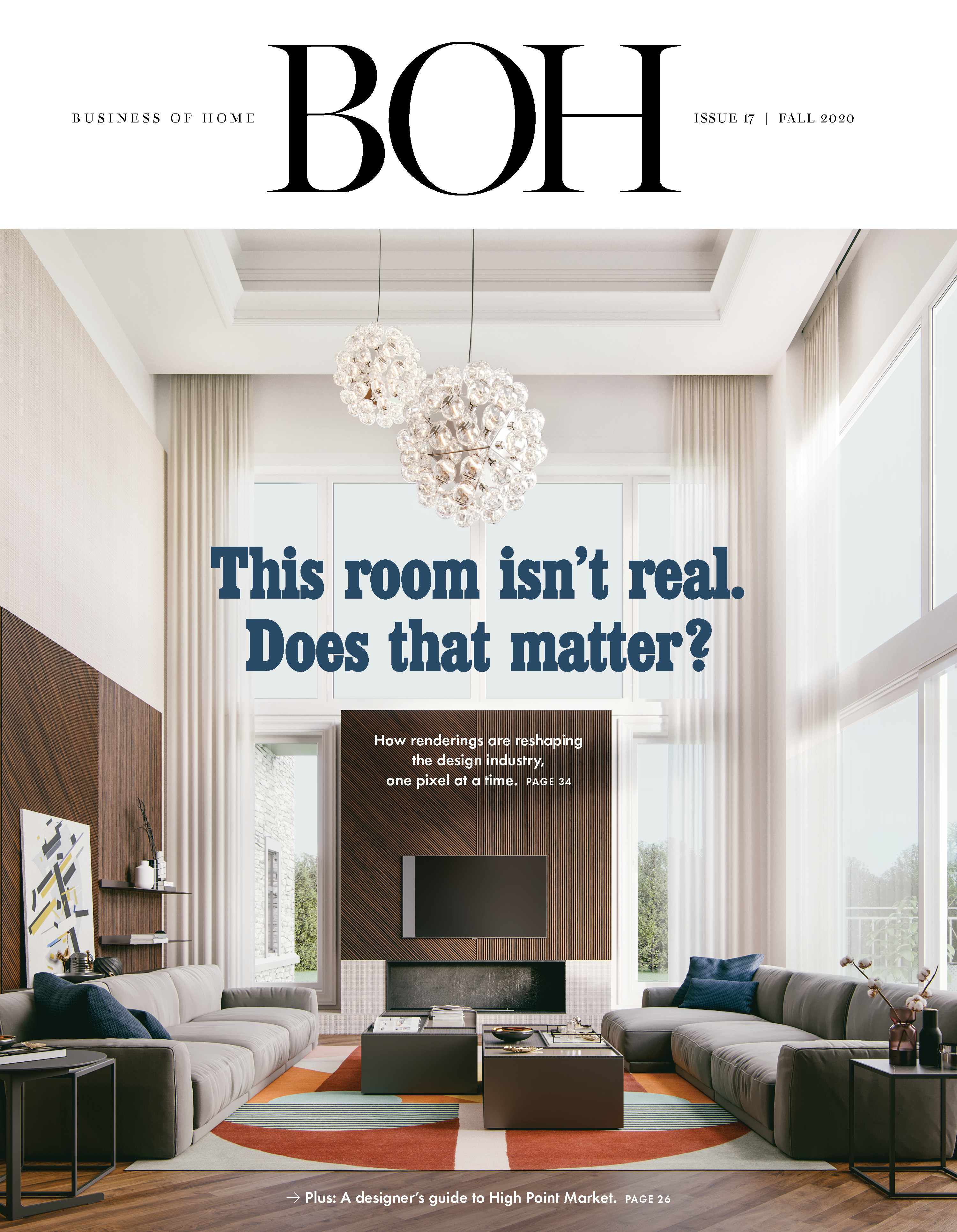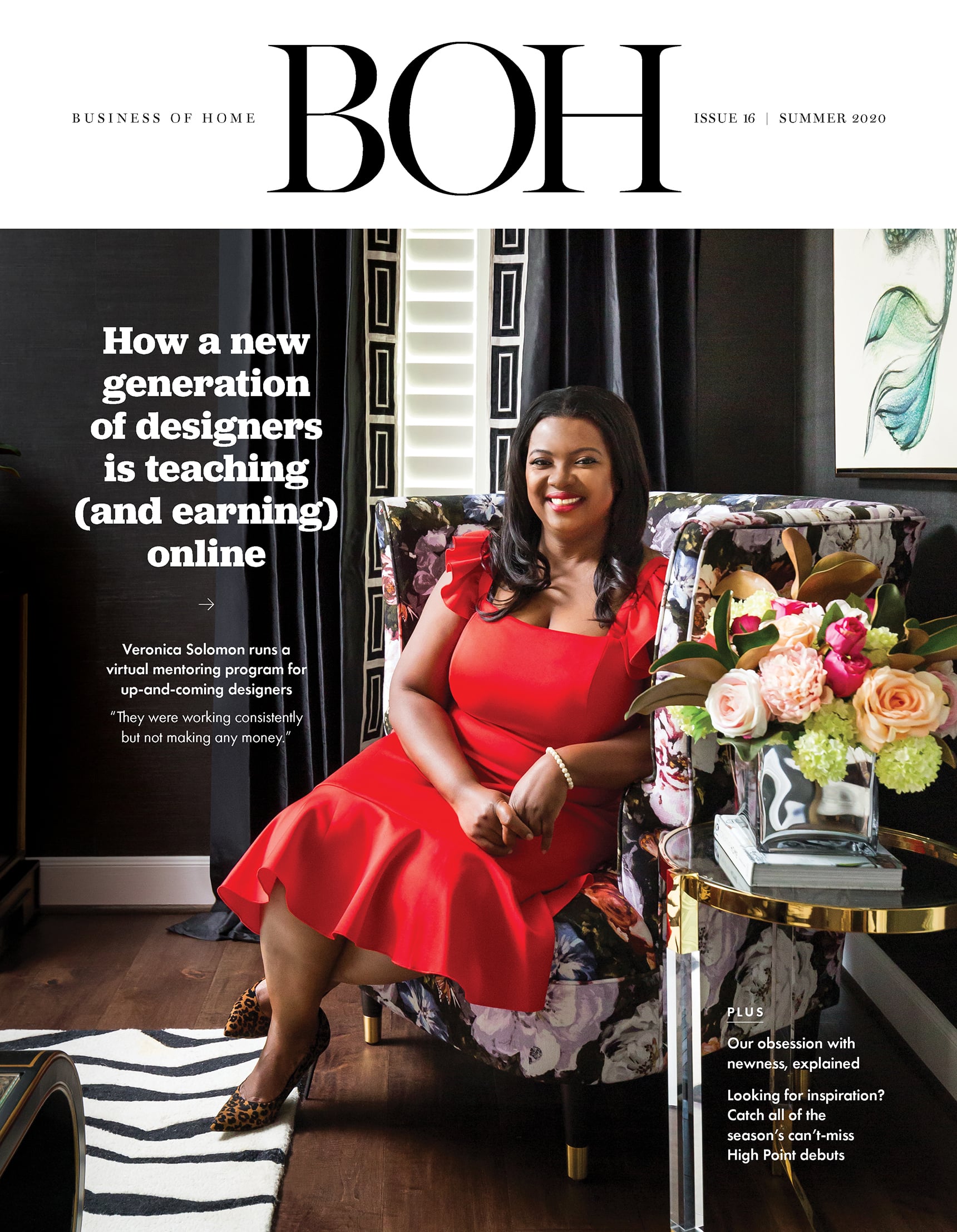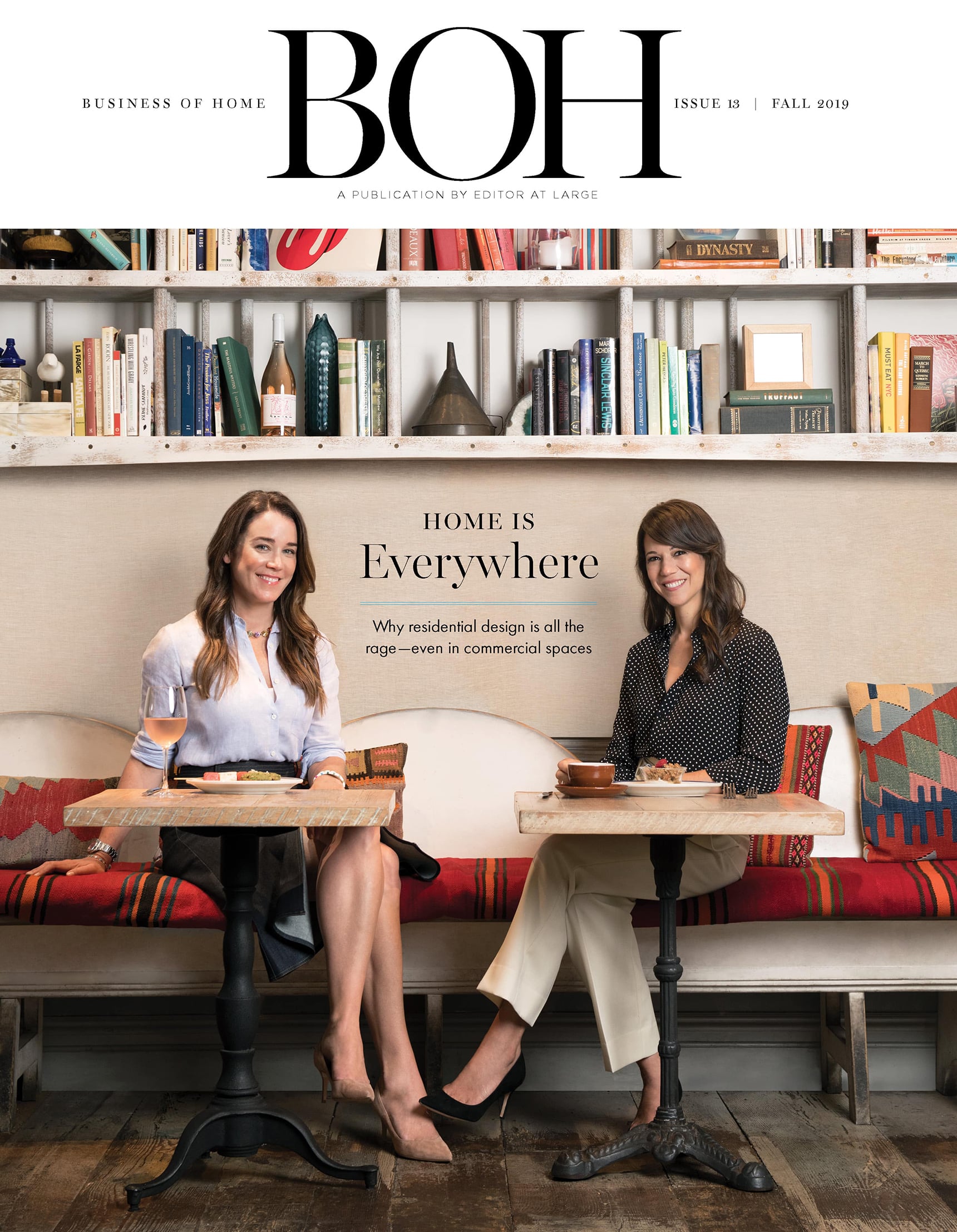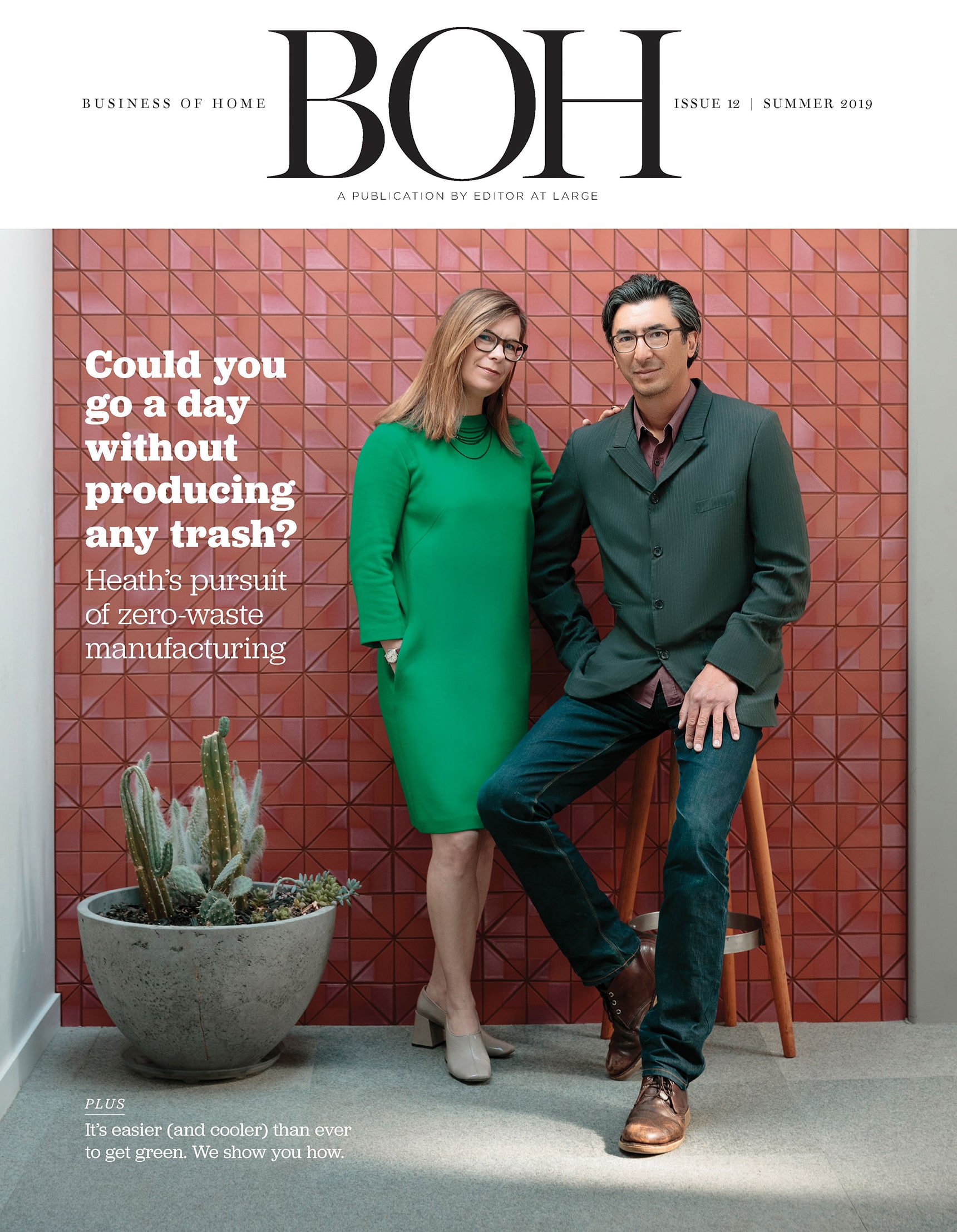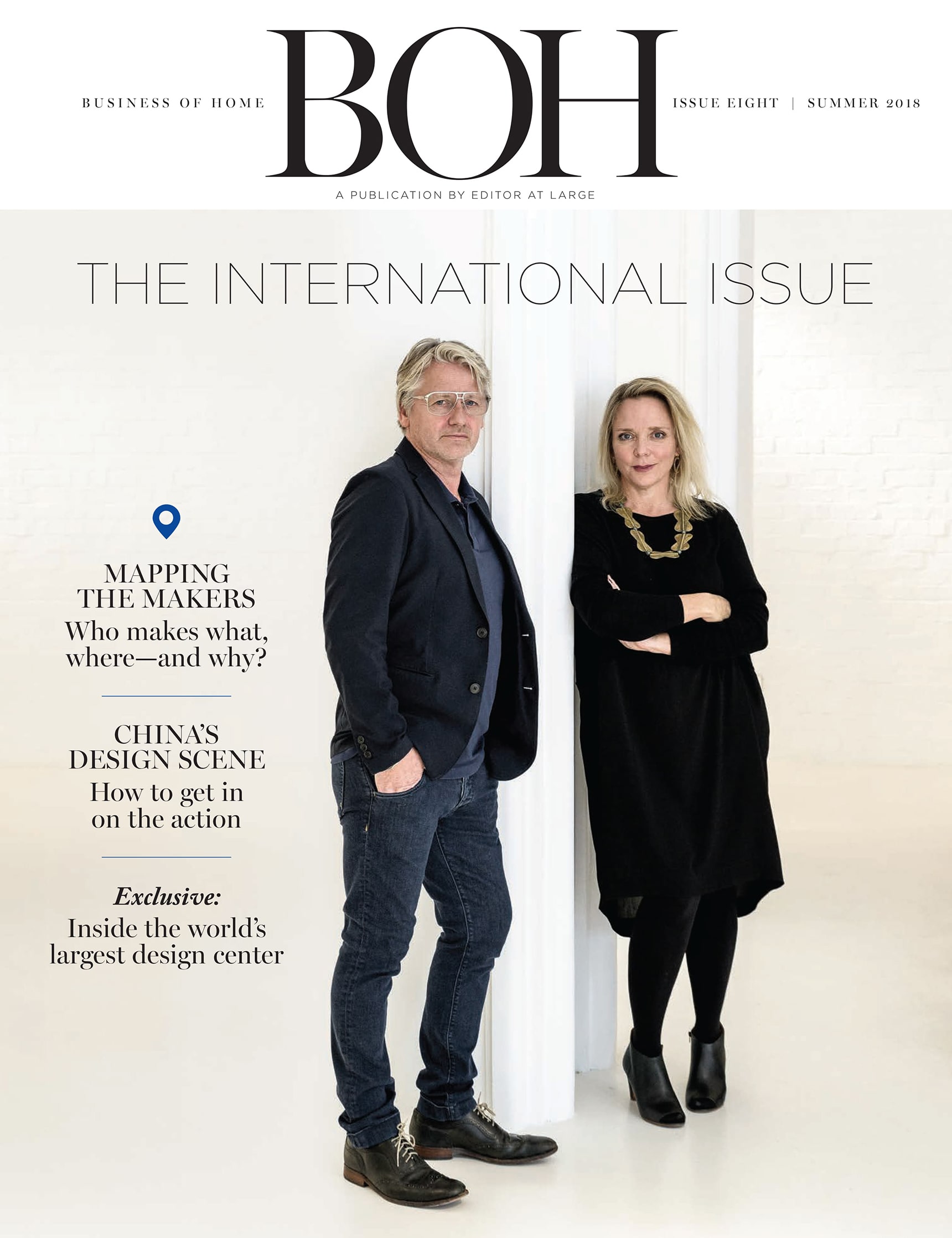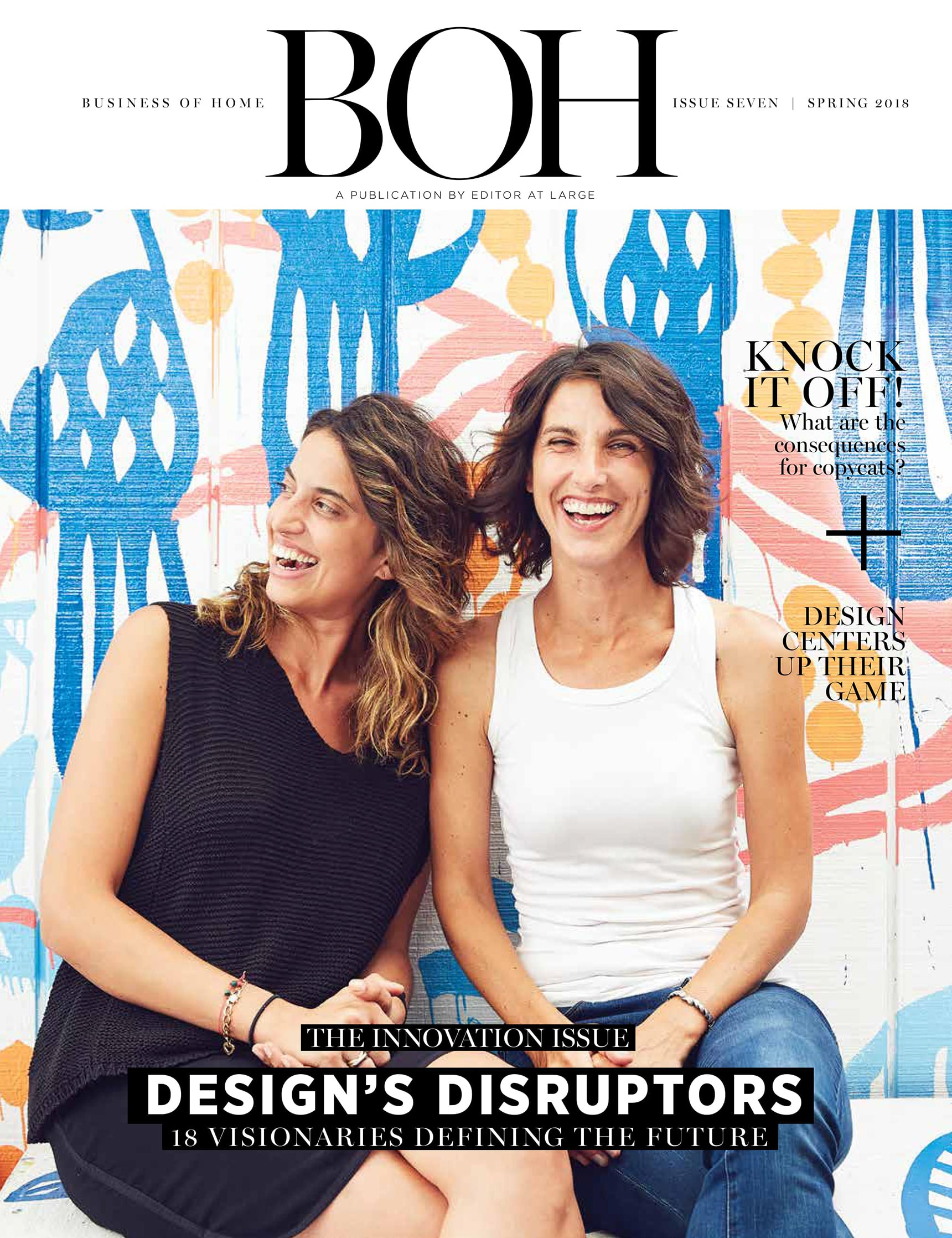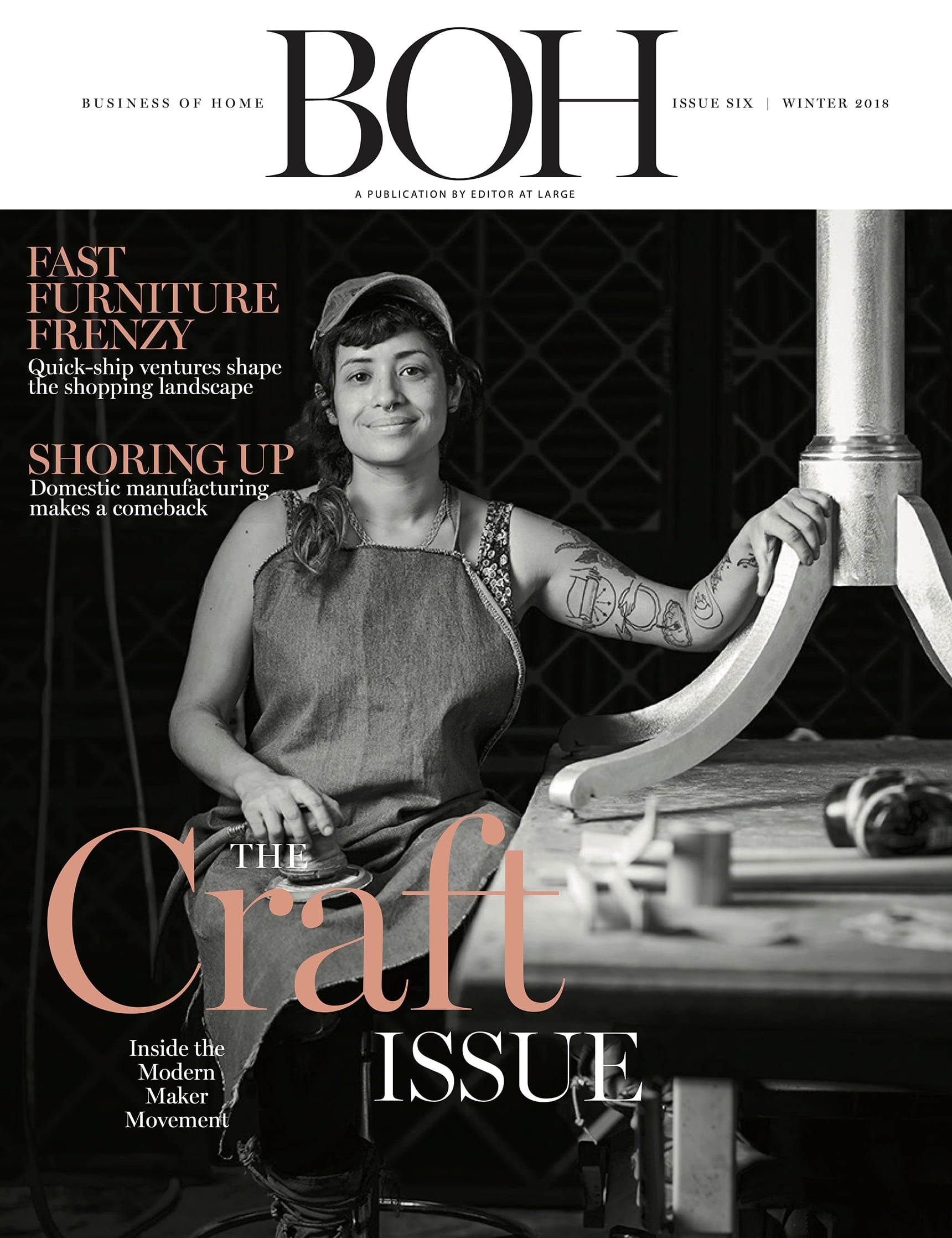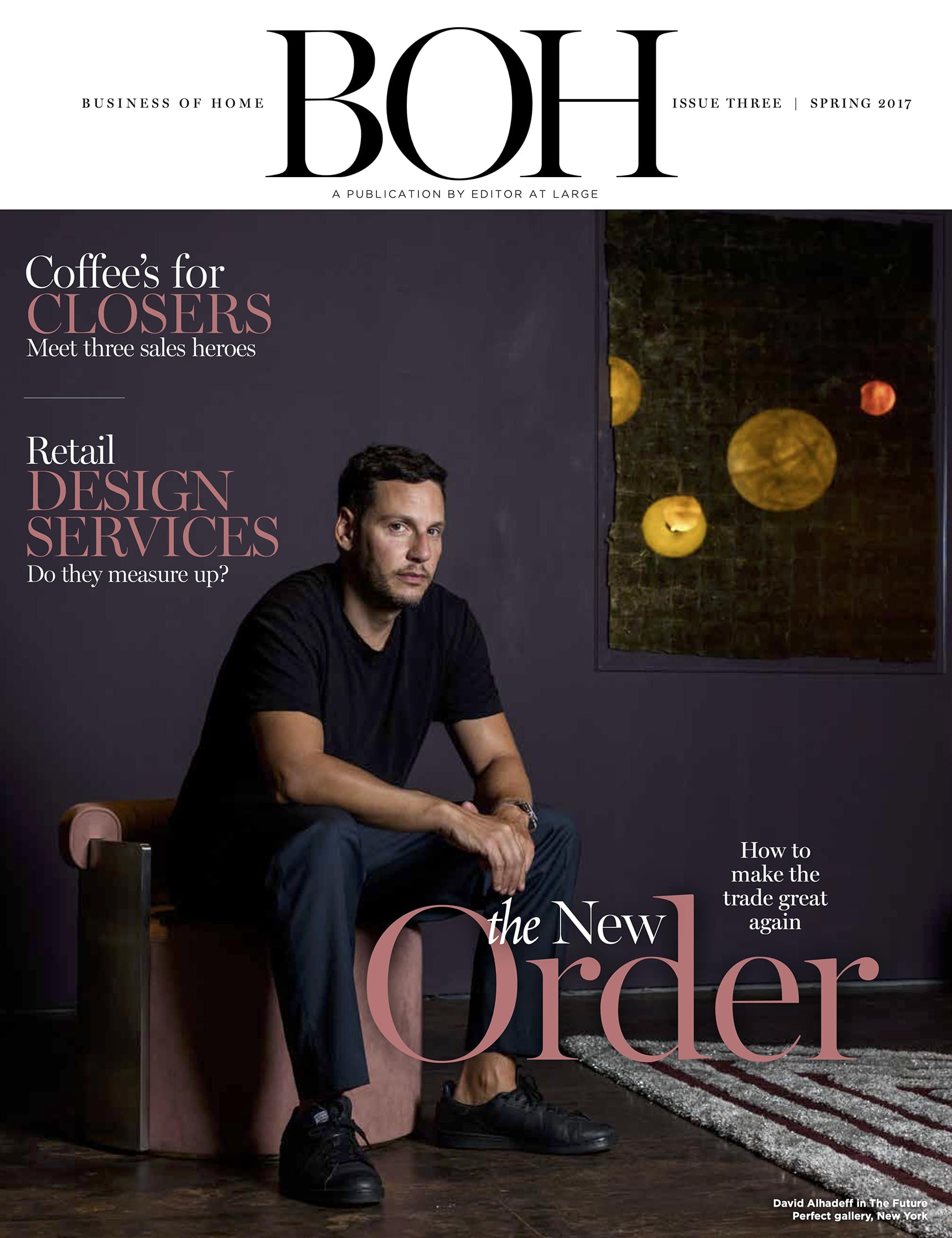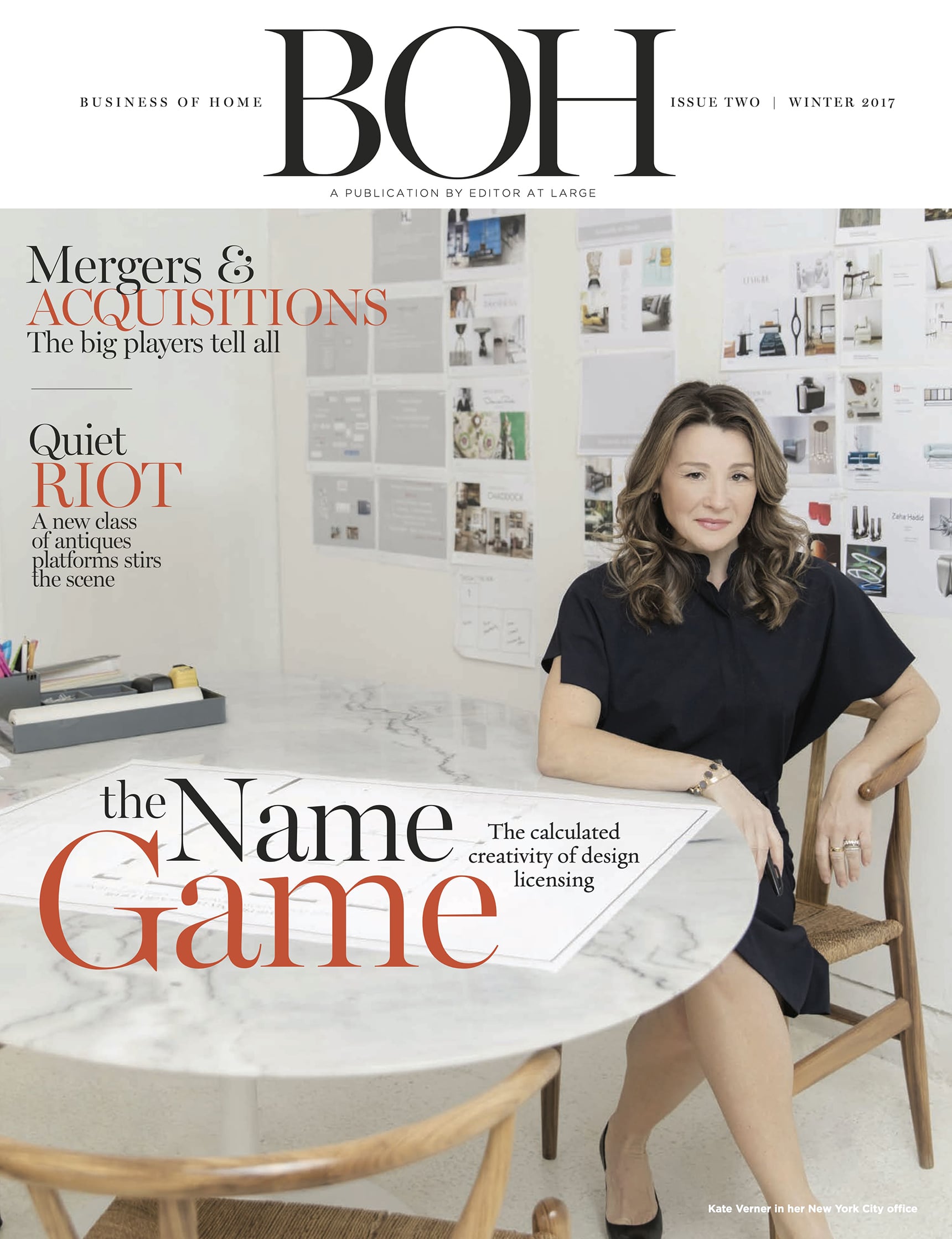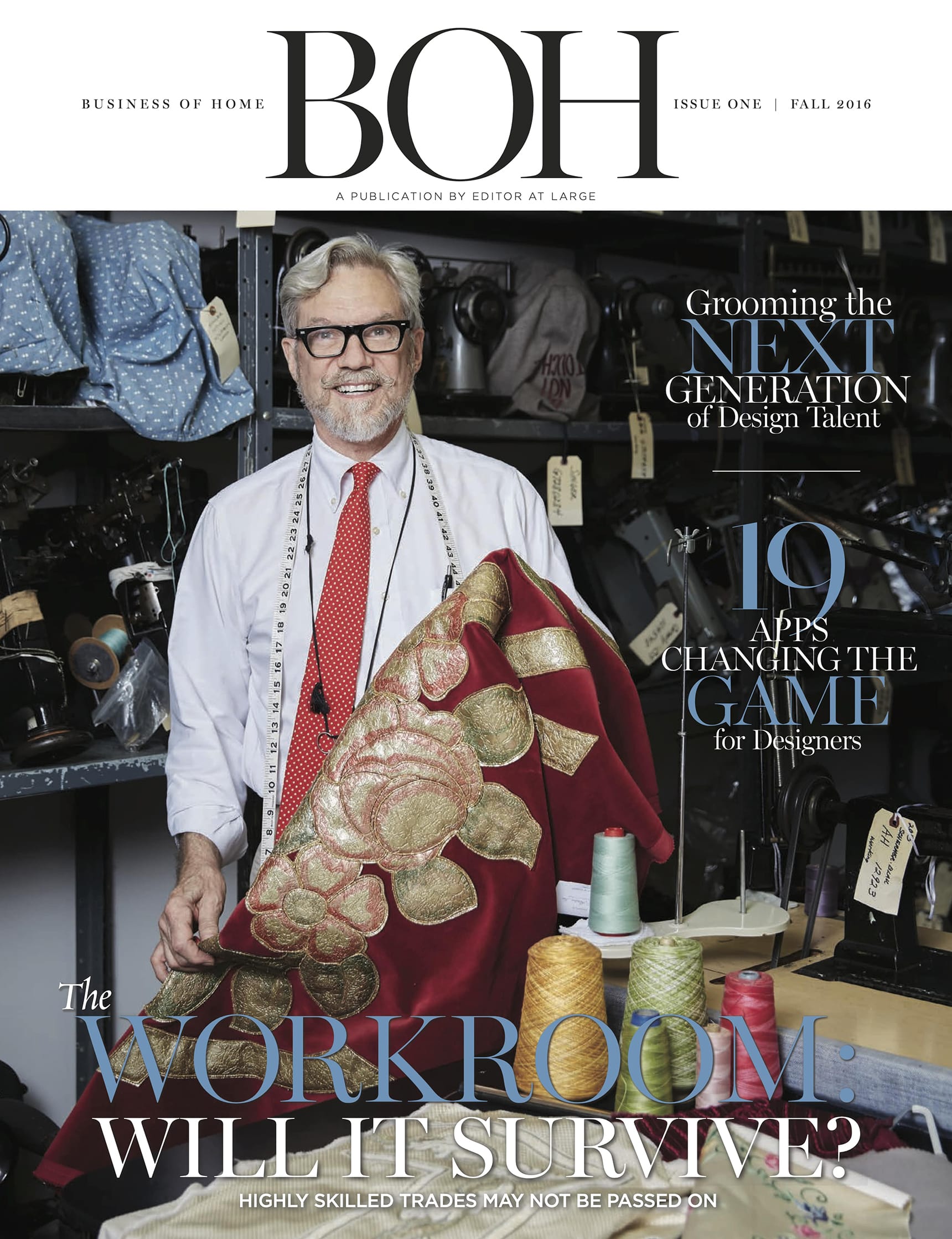Last year, Seattle-based kitchen system maker Henrybuilt launched a new brand, Space Theory, which offers the same Henrybuilt aesthetic and systematic approach at a more attainable price. A more budget-friendly suite of materials help to make the line more affordable—domestic woods and soft-touch laminates, aluminum instead of stainless steel. So does a proprietary design software, three years in the making, which allows users to lay out their own kitchen.
The program is similar to AutoCAD, but with less guesswork and more automation: Input the dimensions of a space, then drag and drop Space Theory’s products to create a customized kitchen. (It also automatically integrates appliances from vendors like Fisher & Paykel and Miele.) “With AutoCAD, it’s up to you to draw the kitchen and its component parts perfectly, which is time-consuming and error-prone—it takes about 10 times as much work as what you can do in our software,” says Henrybuilt founder and CEO Scott Hudson. Common considerations like integrating lighting, building around corners and door frames, and even the thickness of a wall are all calculated based on data that users input at the start of the process. They can start with preset layouts or from scratch, and the software offers them design tips along the way. The completed design can then be used not only as a detailed architectural plan, but also as a platform for ordering all of the components.
As the users add features in the design engine, the price of their projects adjusts with every move they make, allowing them to tweak designs to fit their budget. “Our motivation with Space Theory was to gain efficiency, eliminate mistakes, and put the power in the user’s hand,” says Hudson. In its first year, 65 projects have been seen to completion using the Space Theory software.
Though anyone can use the program (two-thirds of the users so far have been consumers), Hudson designed the platform with busy interior designers in mind. “We’re seeing that designers are doing more interior architecture than they used to, say, 10 years ago,” he explains. “If a client has a designer that they trust, they’re asking them to make choices [about which] they may have formerly consulted an architect. Space Theory gives designers a way to take on that additional scope without adding significantly to their workload.”
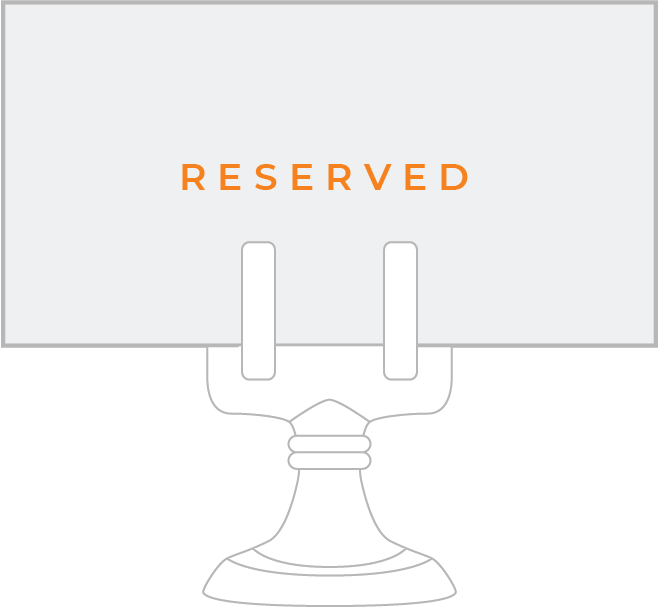
BOH subscribers and BOH Insiders.























